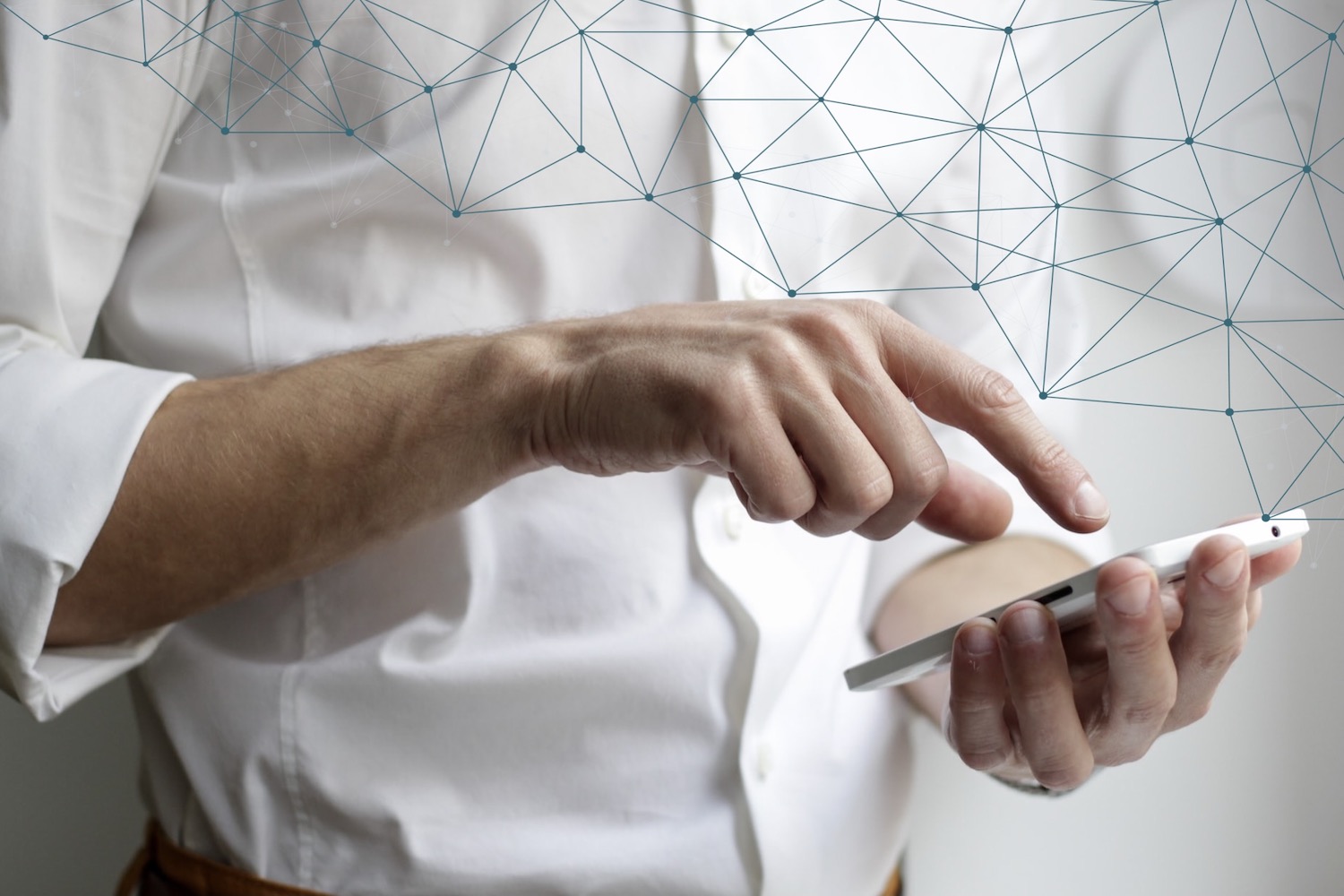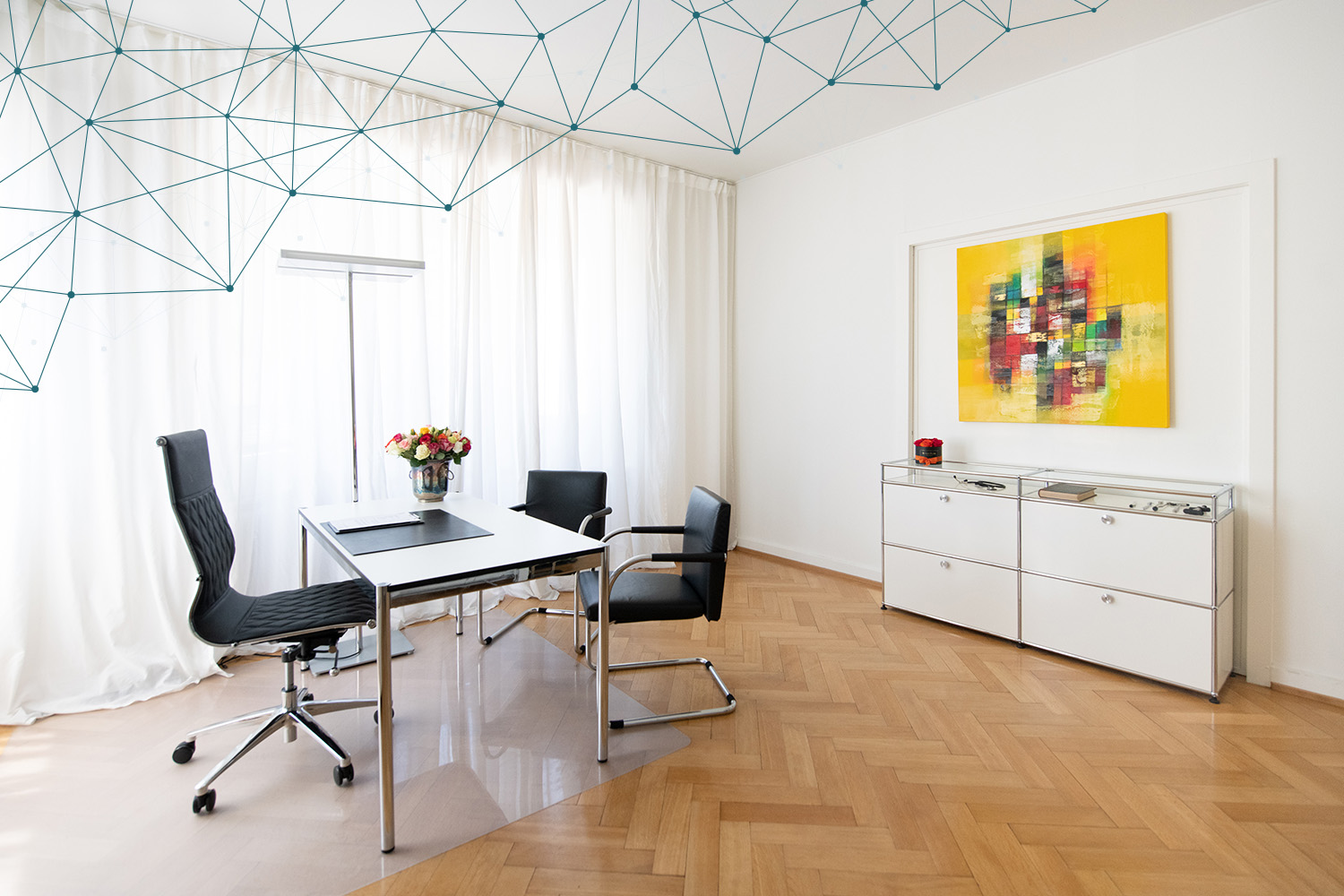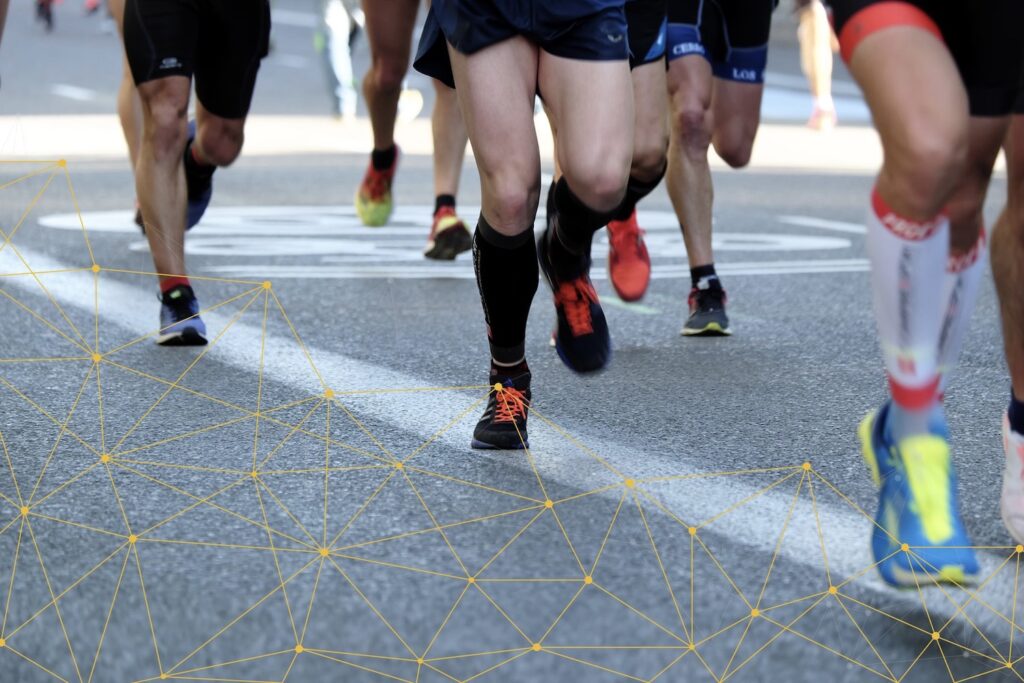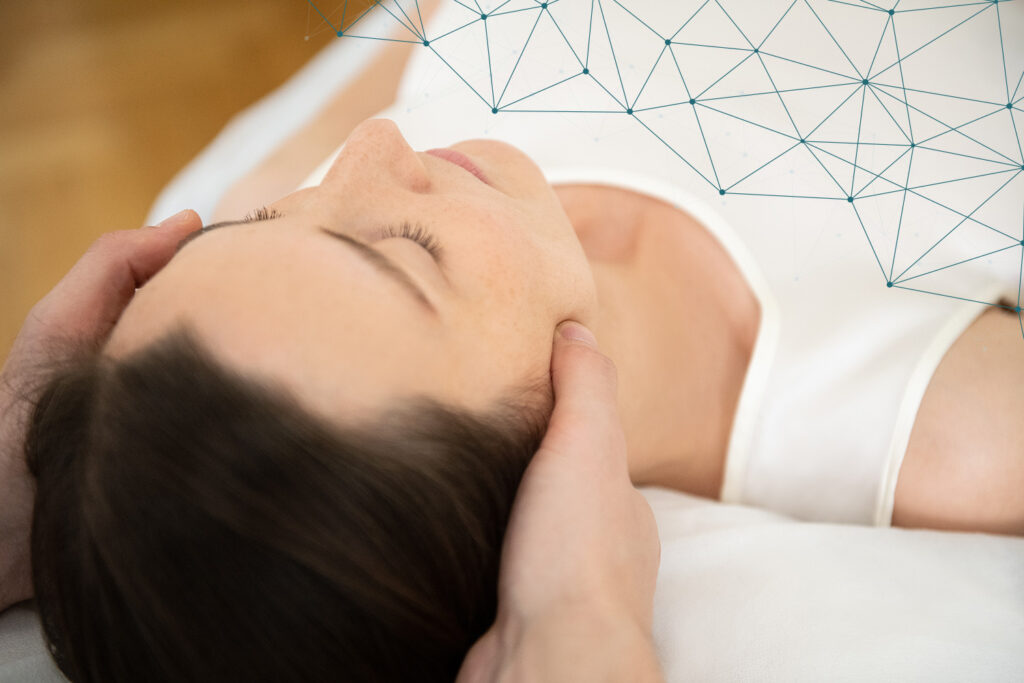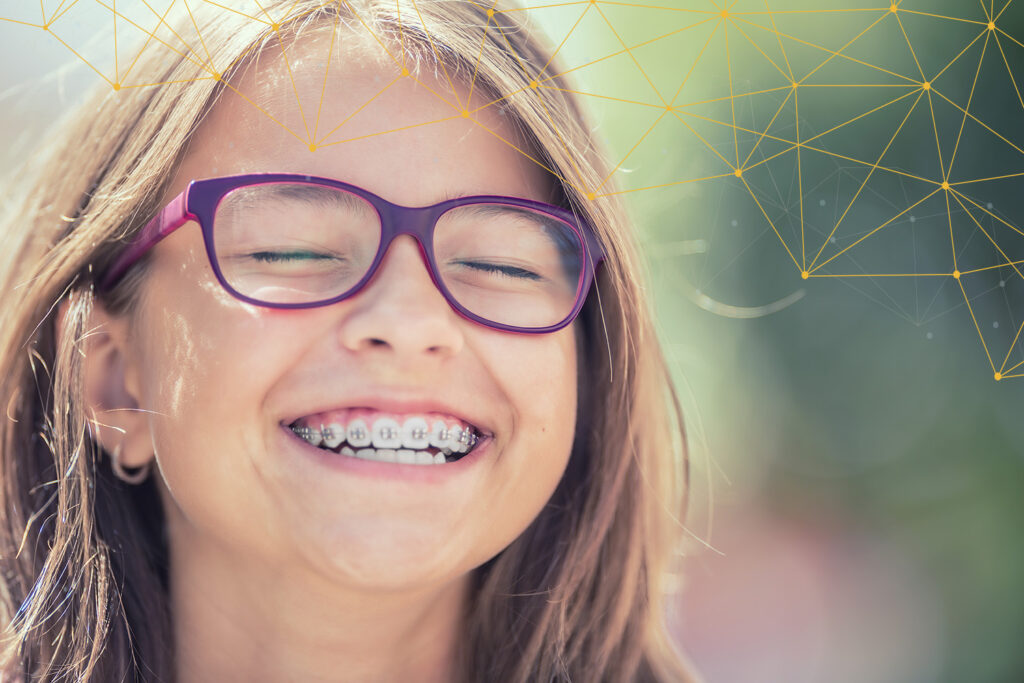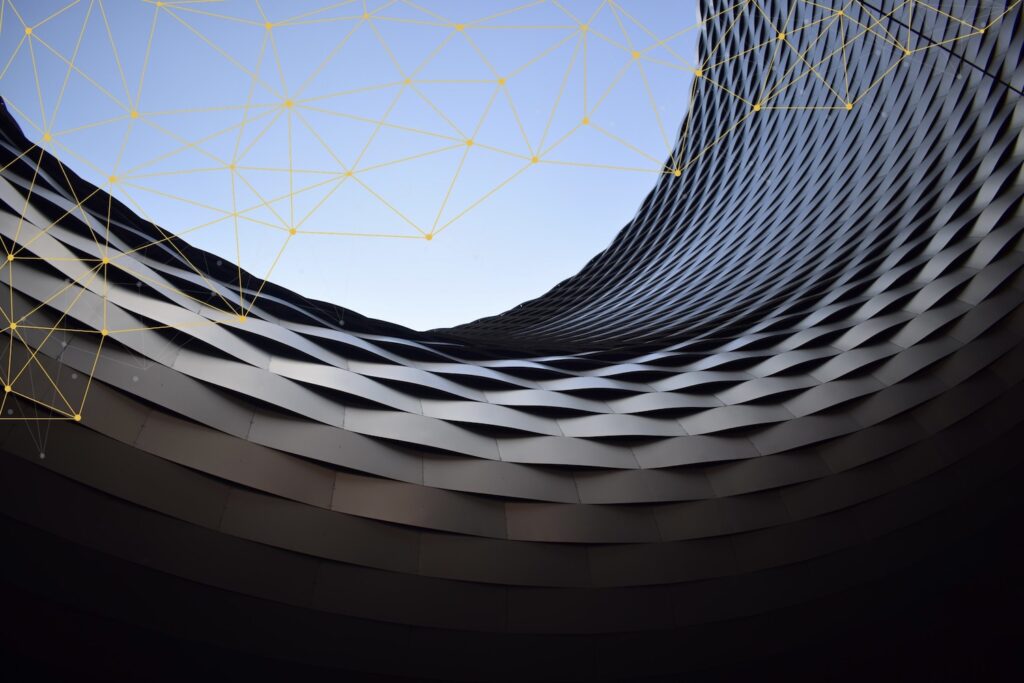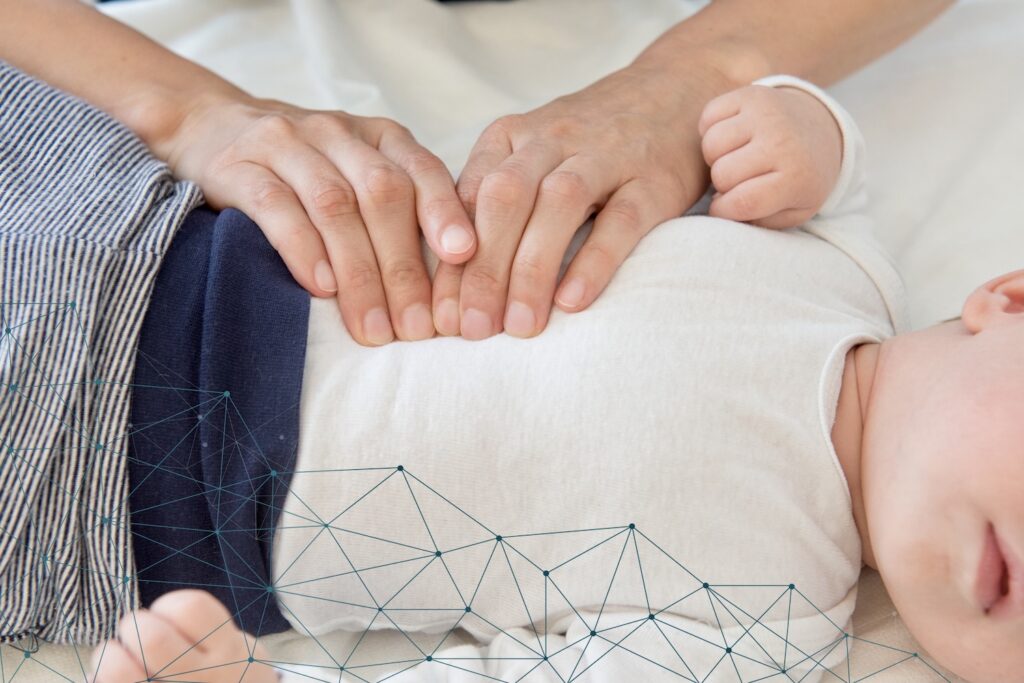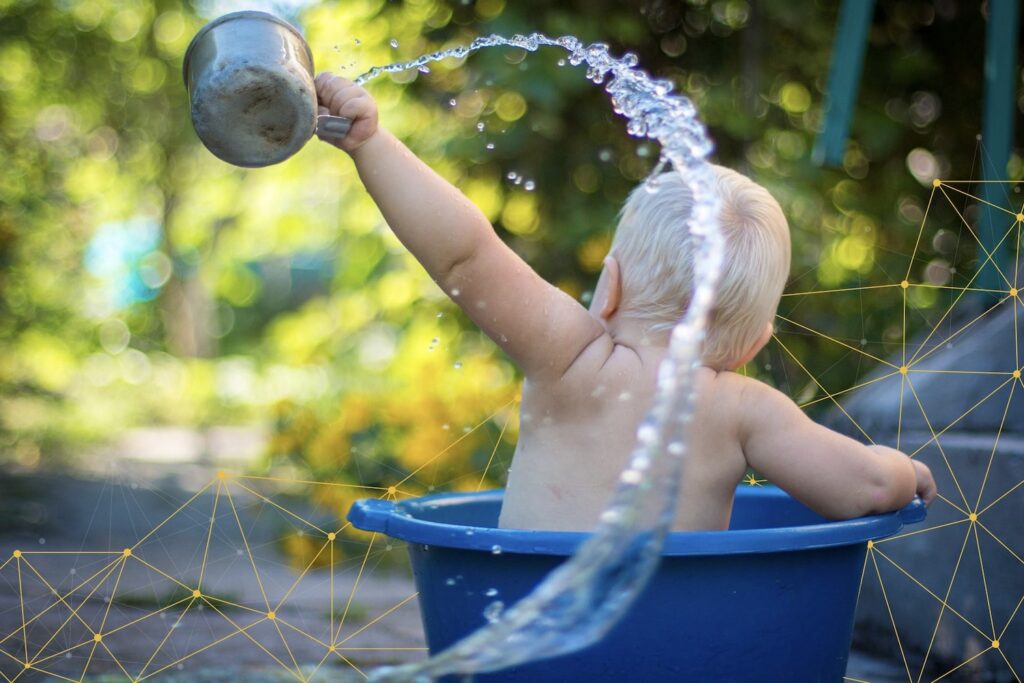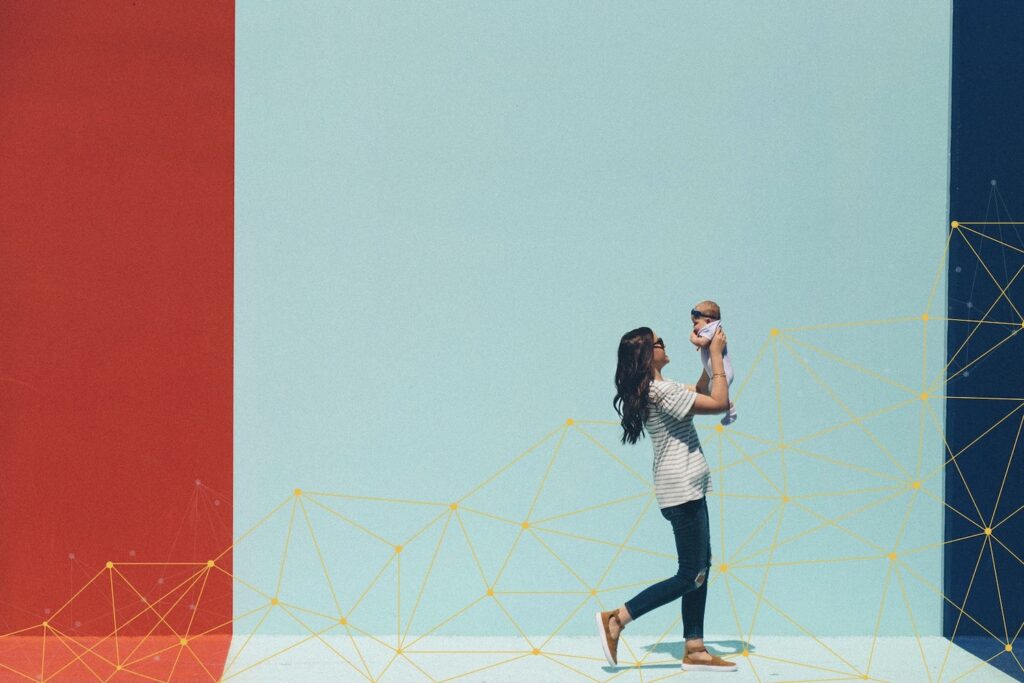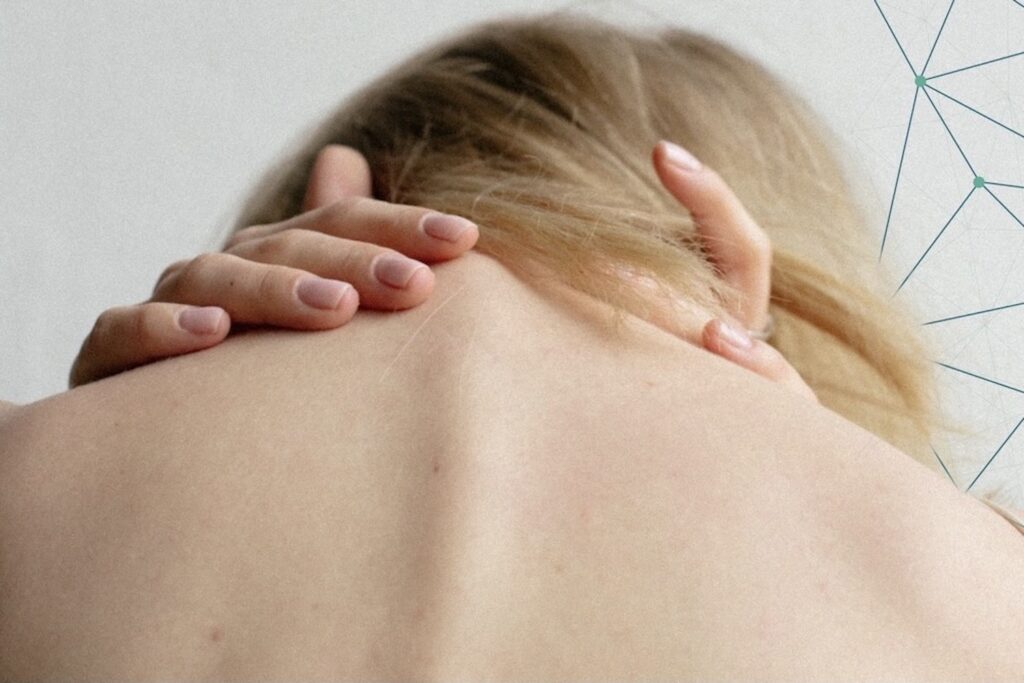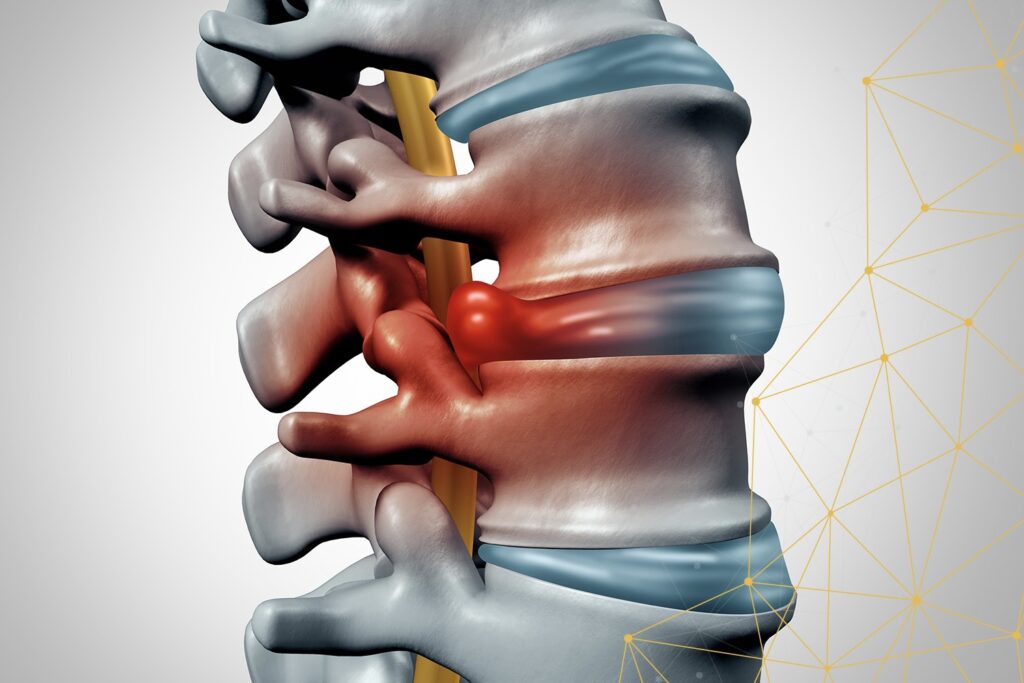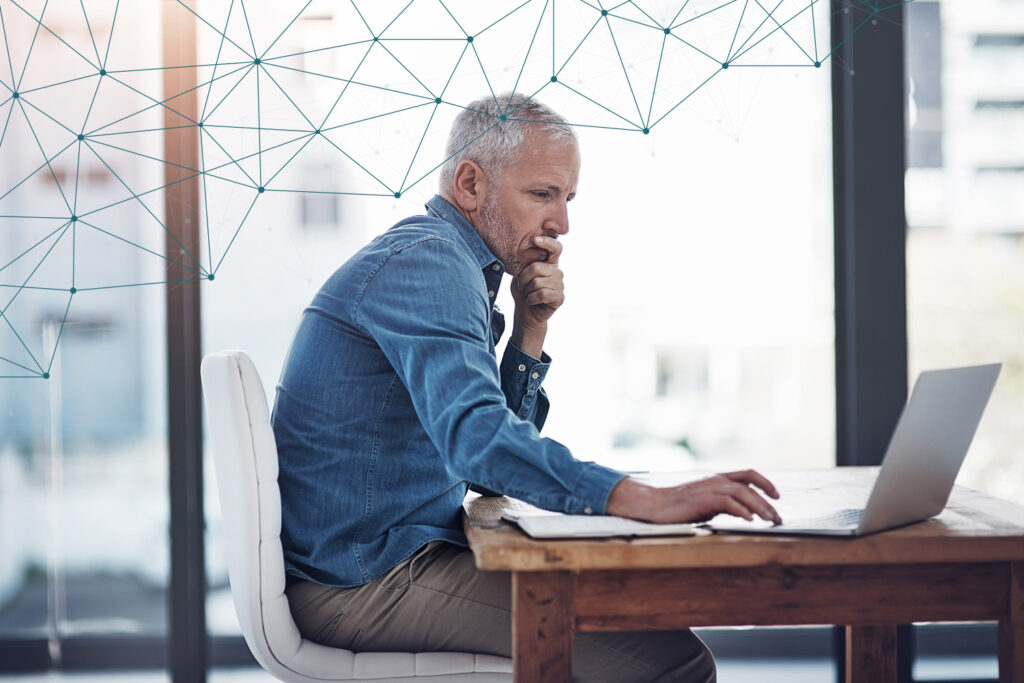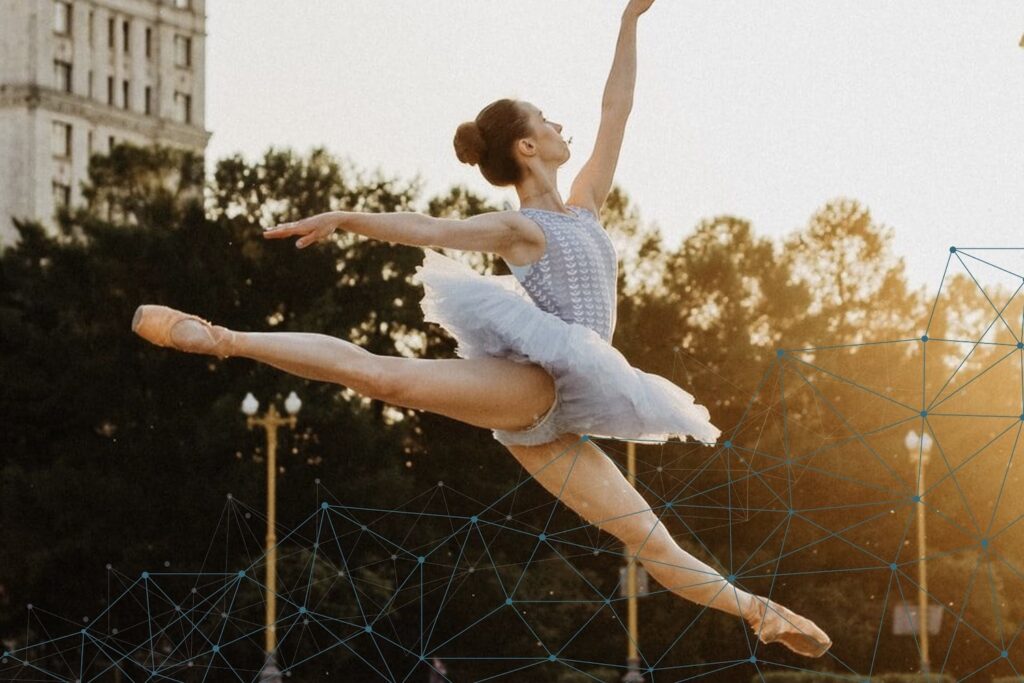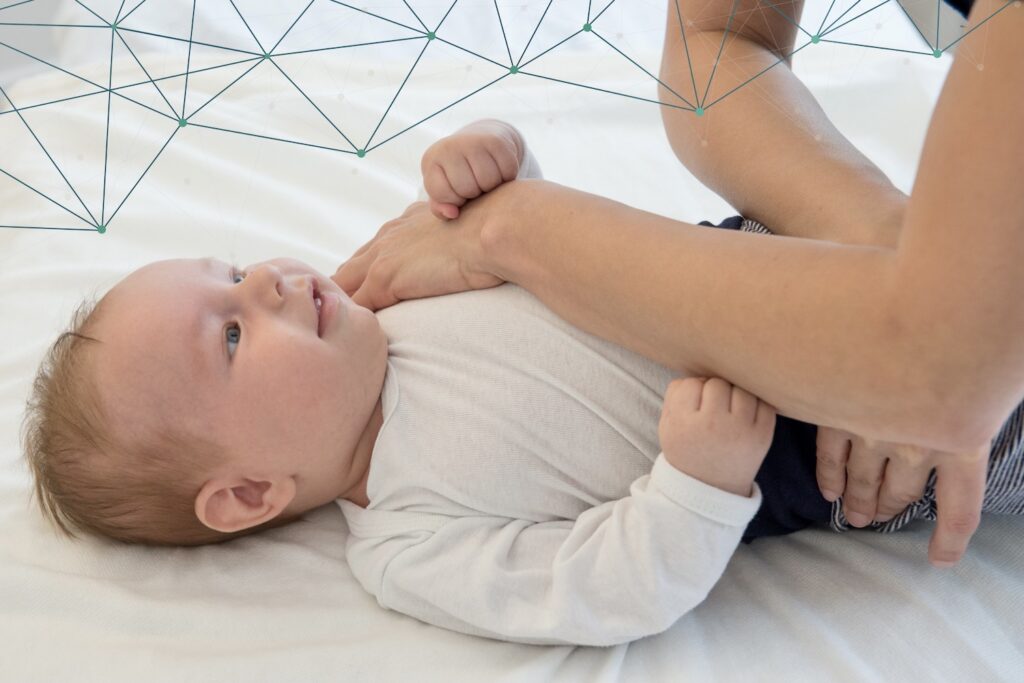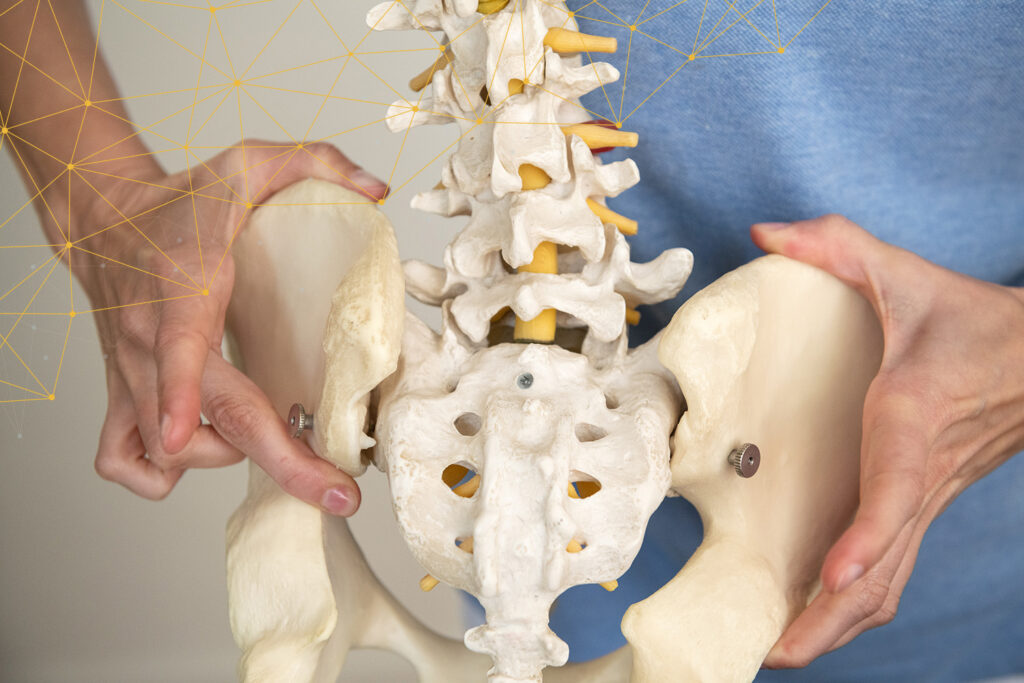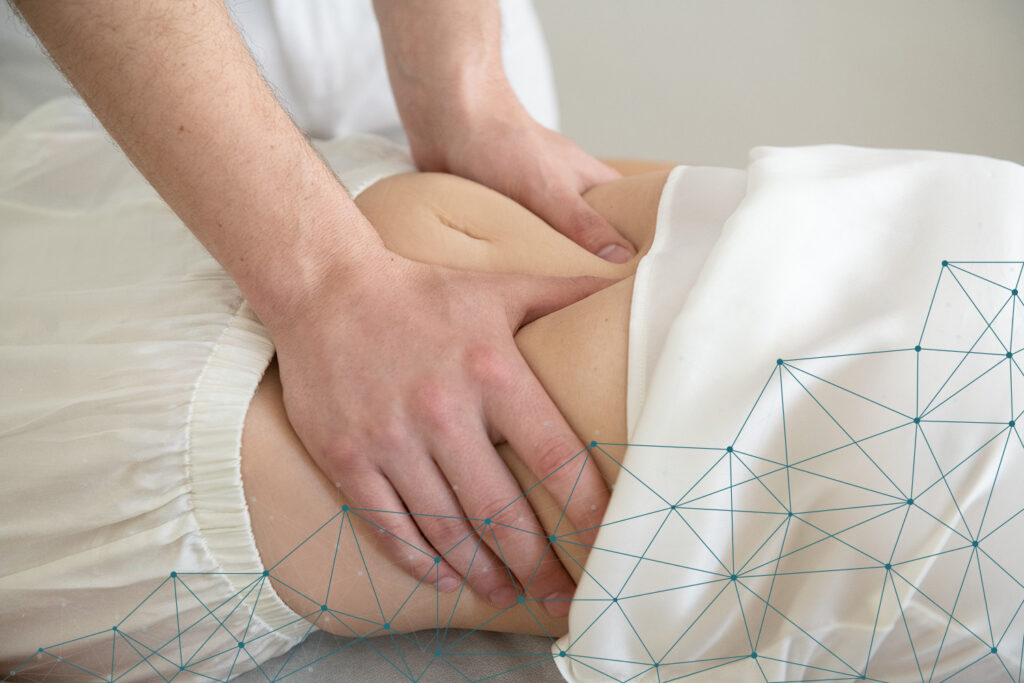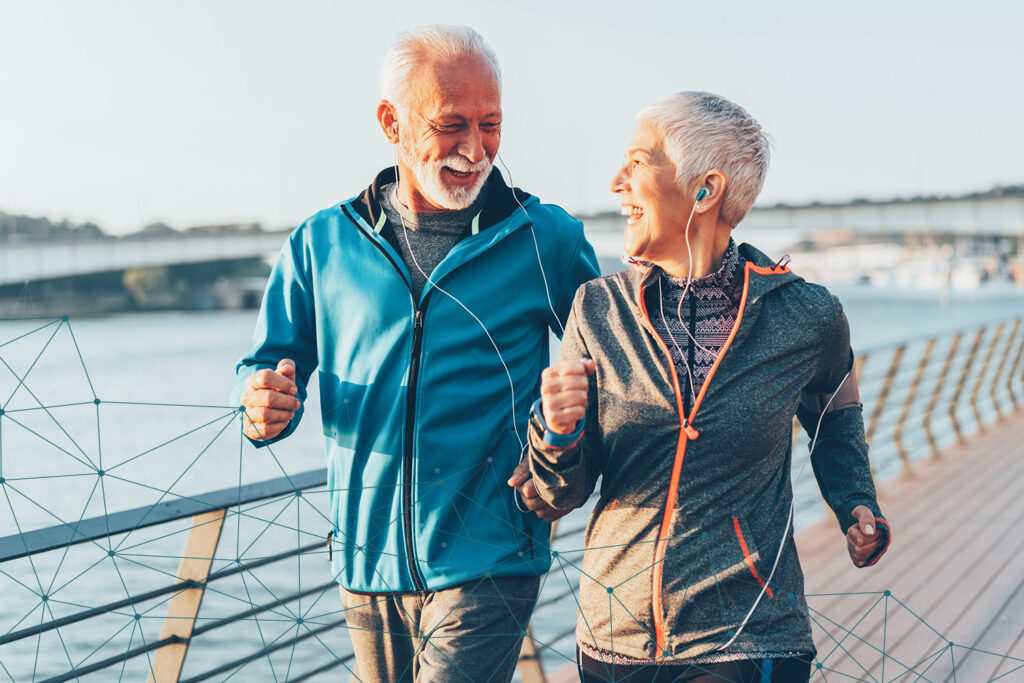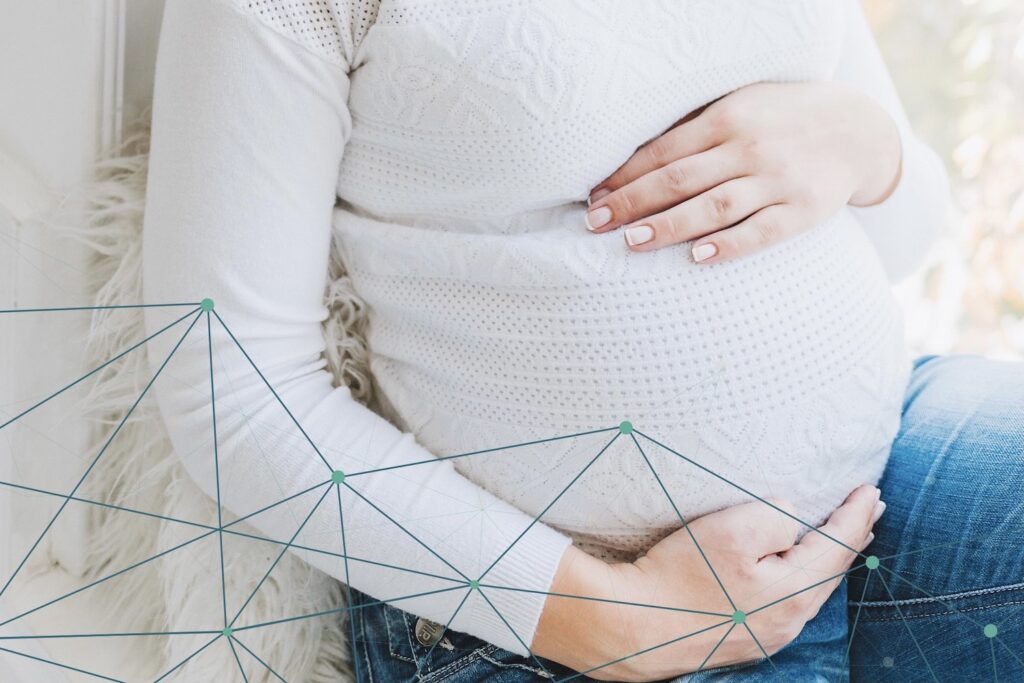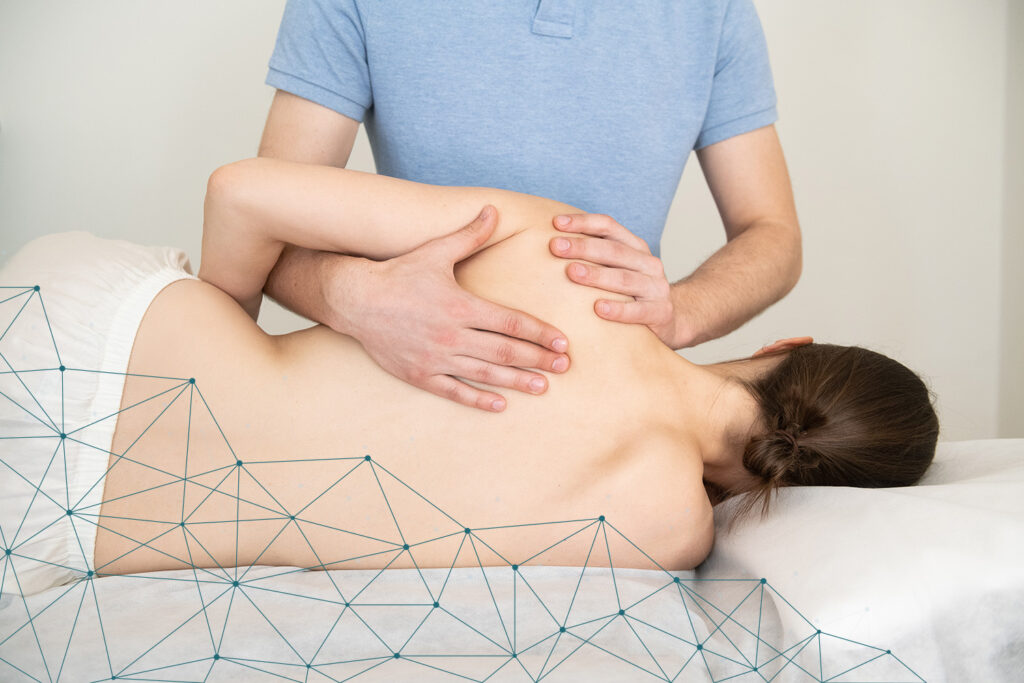Osteopathy and orthodontics: braces in adolescents
Osteopathy can positively influence therapy with braces in adolescents before and during orthodontic treatment.
Before orthodontic treatment for children
It is important to act together with orthodontists at an early stage. It is necessary to correct the imbalances and thus restore the harmony of the skull and the body to allow for a good development of the jaw.
The osteopath rebalances the spine and enables good mobility of the head and neck. Muscle tension, which is harmful for development and orthodontic work, is limited and good growth is then possible.
During an orthodontic treatment
The orthodontic appliance relies on the structures of the skull to lever the jaw and teeth.
The way the teeth fit together, and thus the position of the lower jaw, affects the rest of the body through the muscle chains.
It is important that the patient adapts to the changes caused by this orthodontic work, so the osteopath will improve this adaptability. Osteopathy will therefore alleviate neighbourhood restrictions (neuromuscular, myofascial, articular).
Haben Sie Fragen zur Osteopathie
und wünschen Sie einen Termin?
Kontaktieren Sie uns per Telefon. Gerne besprechen wir mit Ihnen, wie wir Sie oder Ihr Kind unterstützen können.
Do you have any questions
and would you like an appointment?
Contact us by phone. We would be happy to discuss with you how we can support you or your child.
